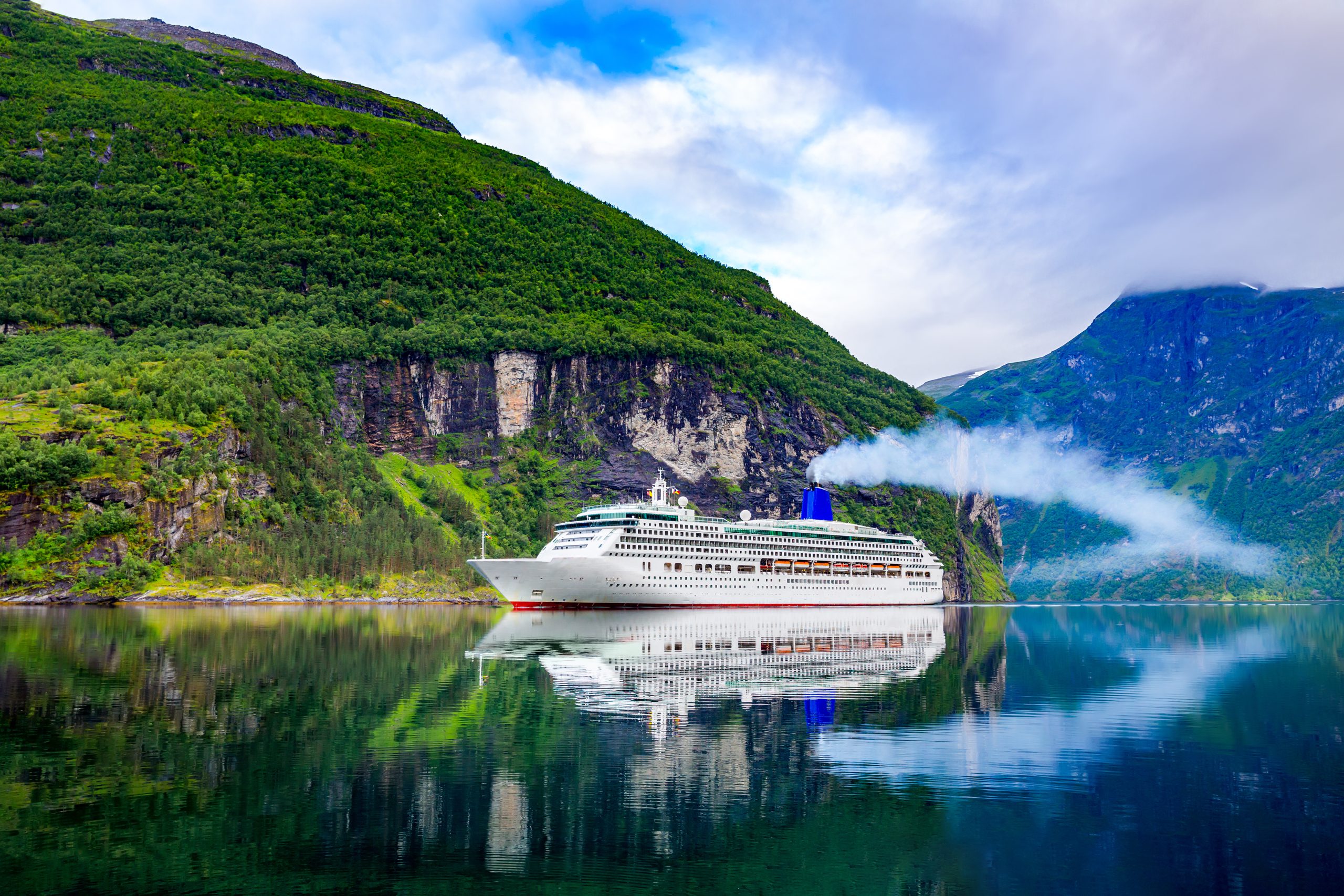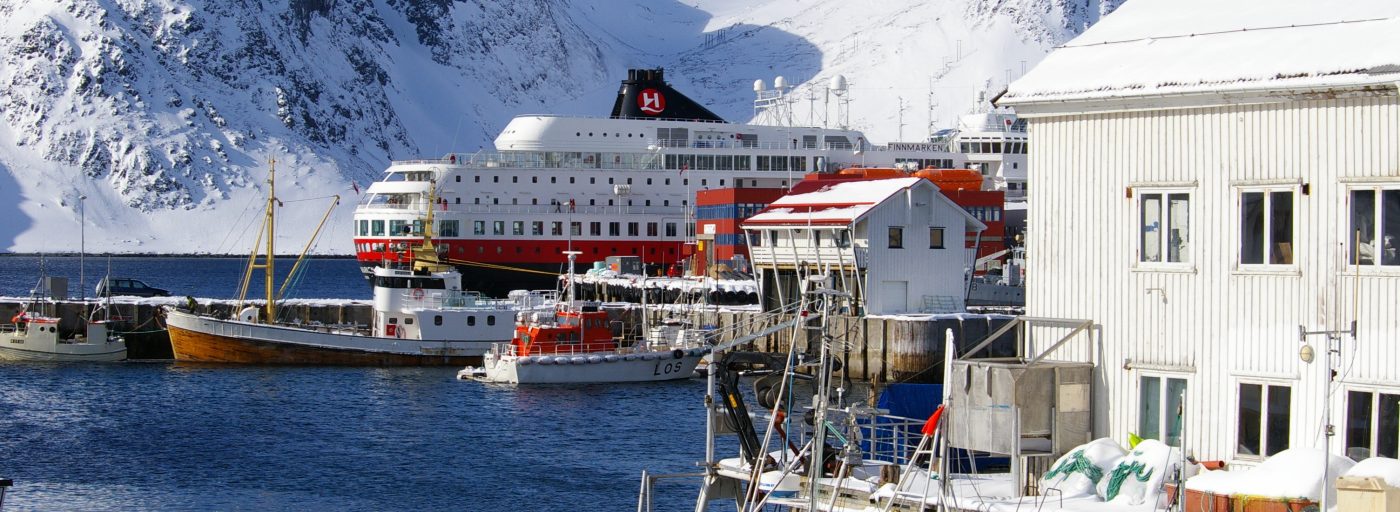Ship Management International spotlights Scandinavian maritime sector, featuring Telenor Satellite’s views on the continuous growth in the region along with the demand for better connectivity.

Jan Hetland, Telenor Satellite’s Director Data Services speaks with Ship Management International and explains how demand for connectivity is ramping up in key maritime sectors.
Offshore energy
The Norwegian offshore oil and gas sector is currently experiencing a new lease of life as the Ukrainian conflict leaves many countries facing energy shortages. When coupled with the rising number of offshore wind projects, we are looking at a flourishing industry with a growing need for connectivity.
These offshore energy sites are becoming more complex and much bigger with a need to comply with increasingly strict regulatory controls requiring intelligent and uncompromised communications to support the high levels of digitalisation now in use. Tracking, reporting and real time monitoring by staff, both onboard and onshore, place far greater demands on high-speed connectivity than previously but also ensure that the vessel suffers far less down time. The Internet of Things has enabled the transfer of information between sea and shore, allowing for remote upgrades to equipment and crew to be alerted of potentially hazardous conditions, meanwhile operational data can be collected offshore for analysis onshore.
Support vessels
When considering the hard-to-reach nature of these sites and the harsh environments that they are operating in, it’s easy to appreciate that critical systems are not limited to the offshore facilities themselves but also to the myriad support vessels working with them, whether Offshore Supply Vessels, Crew Transfer Vessels or Floatels. They each place high demands on communications systems to ensure the smooth running of key operations such as navigation and weather forecasts.
Fishing
Another dynamic sector for Norway in particular is fishing. Vessels are in operation 24/7, often remaining at sea for a month or more, with crews working up to 12 hours a day. For those working in the Barents Sea or even further north, conditions are icy, dark, cold and windy. This is an area where it is extremely difficult for satellite companies to operate, in fact Telenor Satellite is one of the very few whose satellites are ideally situated to provide reliable and constant VSAT connectivity up to 79 degrees north. Again, there are strict regulations and mandatory reporting requirements which need to be transmitted back to shore but equally important is the safety and wellbeing of crew who need access to emergency assistance as well as links to home.
Expedition cruising
One of the fastest growing cruise sectors, expedition cruising is taking off in Scandinavia with well-travelled guests looking for more adventure. These are sophisticated passengers who take for granted that there will be good connectivity onboard. The complexity of these ships and the sheer quantity of people add to the requirement for communications links that can process large amounts of data both operationally and for the benefit of guests. Combine that with the more challenging environments of the Arctic and it’s easy to understand why high-quality connectivity is vital for this sector too.

The changing shape of today’s vessels, with increased digitalisation and IoT, has made the requirement for extensive and high-powered communications a must-have rather than a nice-to-have for all maritime operations.
This article was originally published by Ship Management International in issue no 102 March / April 2023: https://shipmanagementinternational.com/smi-issues/


